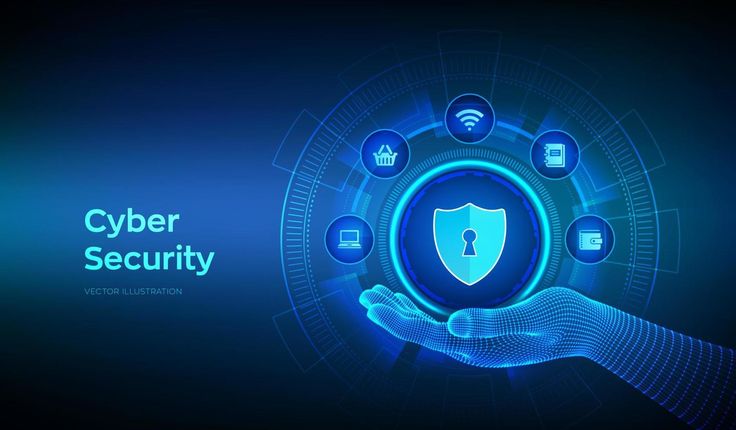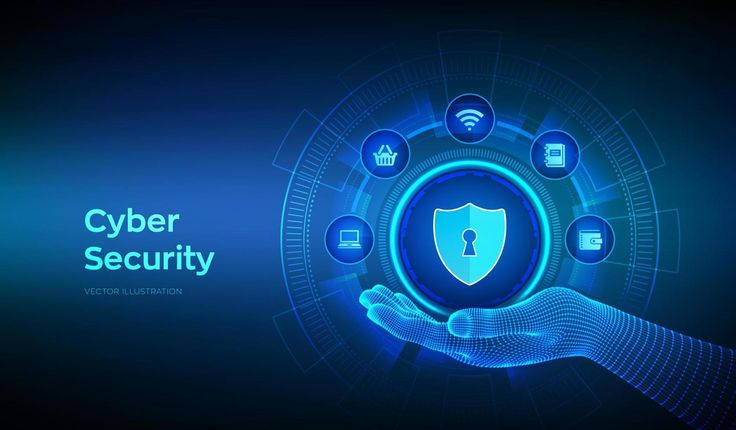As cyberattacks evolve, ransomware continues to be one of the most destructive threats facing businesses and individuals in 2025. In a ransomware attack, hackers infiltrate a system, encrypt its data, and demand a ransom payment for its release. These attacks have become more frequent and sophisticated, affecting organizations of all sizes. In this article, we’ll explore how it works, how it’s evolving, and the best practices you can implement to protect your data from this growing threat.

What is Ransomware?
Ransomware is a form of malware designed to encrypt files or lock users out of their own systems until a ransom is paid. This type of attack is typically delivered via email attachments, malicious websites, or compromised software. The victim receives a ransom note demanding payment in exchange for the decryption key.
It is a significant threat to both individuals and businesses because it can lead to data loss, operational downtime, and financial damage. As technology evolves, so too do the methods of cybercriminals. In 2025, it attacks are expected to become more sophisticated, leveraging artificial intelligence to automate and enhance attacks. Cybercriminals may use AI to analyze patterns in network traffic, identify vulnerabilities, and launch highly targeted attacks. This means that businesses will need to invest in advanced cybersecurity tools and stay vigilant to stay ahead of these evolving threats.
Moreover, ransomware-as-a-service is growing in popularity, allowing even less skilled cybercriminals to launch attacks. It a more accessible threat for anyone with the motivation and resources to deploy it. As a result, it’s important for businesses to implement cybersecurity measures that address both common and advanced threats.
In 2025, the frequency and complexity of ransomware attacks are expected to increase. With cybercriminals using more advanced methods, including AI and machine learning, they can target vulnerabilities more effectively and automate large-scale attacks.As technology evolves, so too do the methods of cybercriminals. In 2025, ransomware attacks are expected to become more sophisticated, leveraging artificial intelligence to automate and enhance attacks. Cybercriminals may use AI to analyze patterns in network traffic, identify vulnerabilities, and launch highly targeted attacks. This means that businesses will need to invest in advanced cybersecurity tools and stay vigilant to stay ahead of these evolving threats.
Moreover, ransomware-as-a-service is growing in popularity, allowing even less skilled cybercriminals to launch attacks. It a more accessible threat for anyone with the motivation and resources to deploy it. As a result, it’s important for businesses to implement cybersecurity measures that address both common and advanced threats.

How Ransomware Works
It usually spreads through phishing emails, malicious ads, or vulnerable software. Once activated, it encrypts files on the infected computer, making them unreadable. The attacker then demands payment, typically in cryptocurrency like Bitcoin, to provide a decryption key that will restore access to the files.
There are several types of ransomware, including:
- Crypto Ransomware: Encrypts files and demands a ransom for the decryption key.
- Locker Ransomware: Locks the user out of the system entirely, rendering it unusable.
- Scareware: Attempts to convince the victim that their computer is infected with a virus, prompting them to pay to remove it.
How to Protect Your Data from Ransomware
It attacks can have devastating consequences, but there are steps you can take to protect your data and minimize the risk of an attack. Here are some essential ransomware protection tips:
1. Use Antivirus and Anti-malware Software ransomware
Installing reputable antivirus and anti-malware software is one of the most effective ways to protect your system from it. These tools can detect and block malicious files before they infect your system. Ensure that your antivirus software is set to update automatically and perform regular scans.
2. Regularly Backup Your Data ransomware
One of the best ways to protect yourself from ransomware is to regularly back up your important files. Use cloud-based storage solutions or an external hard drive to store copies of your data. In case of an attack, having a recent backup means you can restore your files without paying the ransom.
3. Keep Software Updated ransomware
Cybercriminals often exploit vulnerabilities in outdated software to deliver it. Ensure that all your software, including operating systems, browsers, and applications, are up to date with the latest security patches. Enabling automatic updates ensures you’re protected against newly discovered threats.
4. Enable Multi-factor Authentication (MFA) ransomware
Multi-factor authentication adds an extra layer of protection to your online accounts by requiring a second form of verification. If an attacker gains access to your password, MFA will prevent them from logging in without the second verification method. Enable MFA on critical accounts, such as email, cloud storage, and banking services.Installing reputable antivirus and anti-malware software is one of the most effective ways to protect your system from it. These tools can detect and block malicious files before they infect your system. Ensure that your antivirus software is set to update automatically and perform regular scans
5. Educate Employees and Family Members ransomware
It is often delivered through phishing emails or malicious websites, so educating users about cybersecurity awareness is crucial. Teach employees and family members how to spot suspicious emails, avoid clicking on unknown links, and not download attachments from unfamiliar sources.
The Evolving Threat of Ransomware in 2025
As technology evolves, so too do the methods of cybercriminals. In 2025, ransomware attacks are expected to become more sophisticated, leveraging artificial intelligence to automate and enhance attacks. Cybercriminals may use AI to analyze patterns in network traffic, identify vulnerabilities, and launch highly targeted attacks. This means that businesses will need to invest in advanced cybersecurity tools and stay vigilant to stay ahead of these evolving threats.
Moreover, ransomware-as-a-service is growing in popularity, allowing even less skilled cybercriminals to launch attacks. It a more accessible threat for anyone with the motivation and resources to deploy it. As a result, it’s important for businesses to implement cybersecurity measures that address both common and advanced threats.
Cybersecurity Tools for Ransomware Protection
To effectively protect against it, businesses and individuals must deploy a combination of cybersecurity tools. Some of the most effective tools include:
- Endpoint Protection: Protects individual devices (computers, smartphones) from malware and ransomware.
- Network Firewalls: Monitors and filters incoming and outgoing network traffic to prevent unauthorized access.
- Ransomware Detection Software: Detects it behavior and stops it from encrypting files.
In addition to these tools, businesses should consider cloud-based backup solutions and disaster recovery planning to ensure they can quickly recover in the event of an attack. Its often delivered through phishing emails or malicious websites, so educating users about cybersecurity awareness is crucial. Teach employees and family members how to spot suspicious emails, avoid clicking on unknown links, and not download attachments from unfamiliar sources.
Conclusion ransomware
The growing threat of ransomware in 2025 demands a proactive approach to cybersecurity. By using antivirus software, performing regular data backups, updating software, enabling multi-factor authentication (MFA), and educating users, you can significantly reduce the risk of it attack. As cybercriminals become more sophisticated, it is essential to stay ahead of the threats by investing in advanced security tools and strategies.
Taking these steps not only protects your personal data but also ensures that your business can operate without disruption in the face of rising ransomware attacks.
